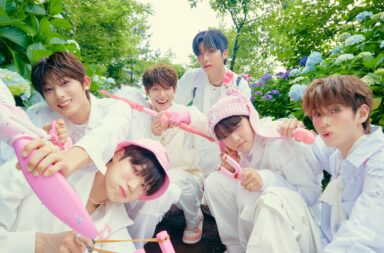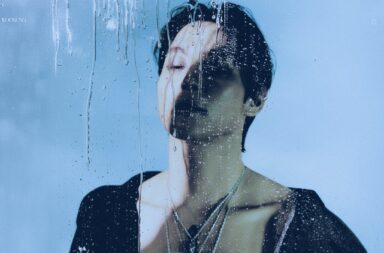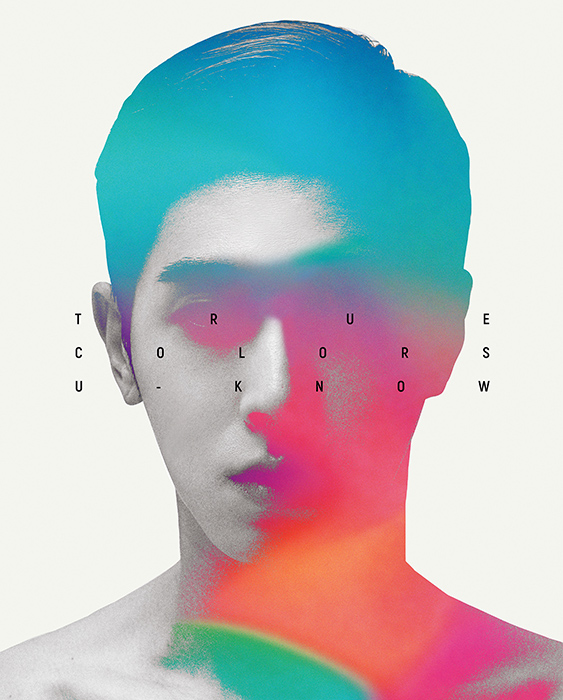
TVXQ‘s Yunho is known for, amongst other things, constantly challenging himself, and for giving his all when he does. There’s no surprise, then, that his first Korean solo album exceeds expectations (even if it comes only sixteen years after his debut). It’s not his first solo venture; the veteran idol has had countless solo singles and even an Japanese album under his name. But where the latter failed to impress, True Colours does the exact opposite.
True Colours is a great representation of Yunho’s artistry. The six-track album is mostly comprised of upbeat, groovy dance tracks which make you want to get up on your feet and jam out. Although the album dropped just in time for summer, True Colours gives off less of a youthful, summer vibe and more of a sophisticated, suave, and sexy one. (Which I’m grateful for.)
The album starts off strong with the punchy title track, “Follow”. It’s a nifty, pop track with a repetitive, chant-like chorus that has the tendency to stick in one’s mind. It also shows off Yunho’s dynamic vocal range; at the end, Yunho belts some high and long notes that people would expect from fellow TVXQ member Changmin.
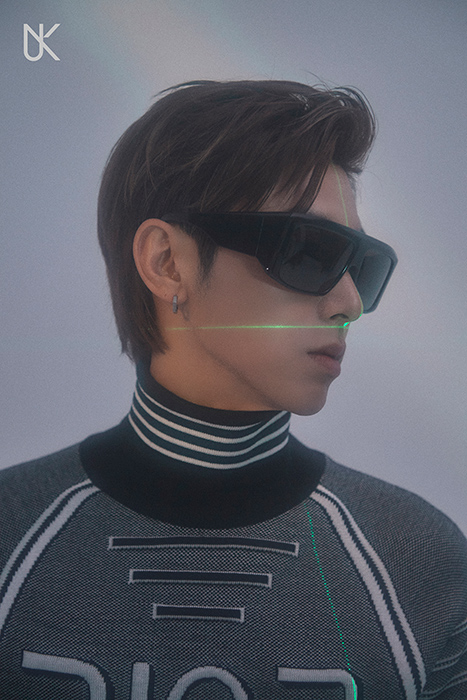
According to SM Entertainment, as per the album title, each song represents a certain colour, and “Follow” likens itself to the silver colour. Upon listening, one can see why. “Follow” gives off a sleek and modern but elegant and sophisticated impression.
That being said, True Colours also has the presence of tracks like “Swing” and “Hit Me Up”, two of the most upbeat and sanguine tracks. They have a slight provocativeness that makes them perfect for the summer season.
For “Swing”, Yunho teamed up with senior and label-mate BoA. Maybe it has to do with them being best friends, but there is an easy and enjoyable chemistry in the duo’s collaboration for this retro-pop track. The song — which features an instrumental background with a catchy bass line, lively percussions and repetitive whispers of the word “swing” — seductively talks about the persona being attracted to someone alluring and dancing with them. Since the album is about various colours, “Swing” would be the colour red to highlight the romantic push-and-pull between a couple.
It’s 2 A.M. now
Take advantage of the moment, more dangerously.
I get closer to you dangerously, closer, yeah.
You’re intoxicated, dangerously.
Dangerously, you shake me.
We have no choice but to become crazier the more we want each other.
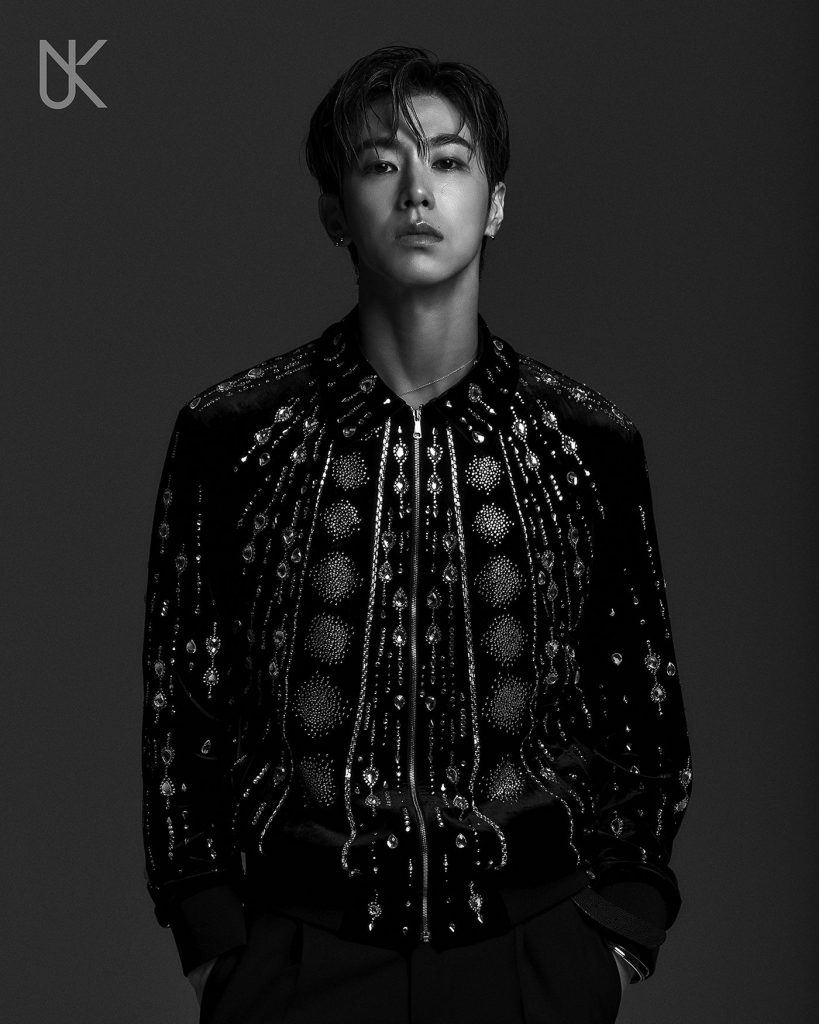
Like “Swing”, “Hit Me Up” is a romantic song, but with the sexy turned down. What it has, instead, is a naive tone: its lyrics revolve around a one-sided love wishing to be part of even the smallest parts of their crush’s life. (“Hit me up. I’ll go wherever, at your word.”) With its synths, staccato electric guitar notes, quick snares and drums, “Hit Me Up” is undoubtedly the most cheery track on the album.
A plus point of “Hit Me Up” is the featuring of Giriboy; instead of pushing Yunho to rap (which has seemed to be off SM’s agenda ever since his return from the army), Giriboy’s ad-libs and rap flows a lot better into the ending verse than a rap by Yunho would have. On repeated listening, though, it’s arguable that the rap could have been completely removed from the song, and it would have been just as well.
Compared to the more peppy and bouncy aforementioned tracks, “Blue Jeans” is on the groovier side. Rivalling “Swing” in terms of sensual lyrics, the track is oddly obsessed with the persona’s love interest wearing blue jeans:
You’re in sexy blue, the perfect fit.
Really, you and me, I think we’ll go perfectly together.
You’re in sexy blue vintage jeans.
I don’t think I’ll ever be able to escape you.
How does it feel?
(I wonder if black jeans are off the list. Also, I do hope the love interest wore the blue jeans to feel sexy. I don’t think they’d feel great if they wore blue jeans and were being weirdly sexualised for making that choice.)
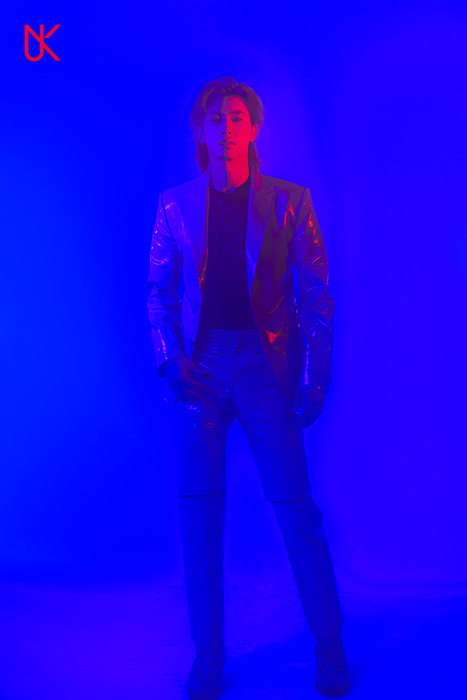
“Blue Jeans”, along with “Why”, balances the perkier and brighter tracks with a slower, funk-influenced instrumental. There is a powerful groove to the song. A percussion-heavy track, “Blue Jeans” features playful notes from a funk guitar and lively backing vocals. The track also plays to Yunho’s vocal abilities in the best way: it moulds to the idol’s sleek, smooth and lower-pitched singing. There’s a versatile and dynamic energy to the song that keeps the listener engaged.
The best track of True Colours, by far, is “Why”. This R&B-pop track is especially engaging because of the changes in tempo throughout the song. Even though it sounds messy in theory, dress, Kris, and Jane pulled off the production of this track impeccably. Yunho’s vocals take on an airy quality and a higher pitch which, when paired with the light backing vocals and the quiet instrumental, bring a relaxed, sensual track for the listener. He also experiments with some rap-singing, singing as if he’s almost rapping, but he’s really not. Somehow, it works, and the tempo changes in his singing make “Why” all the more captivating.
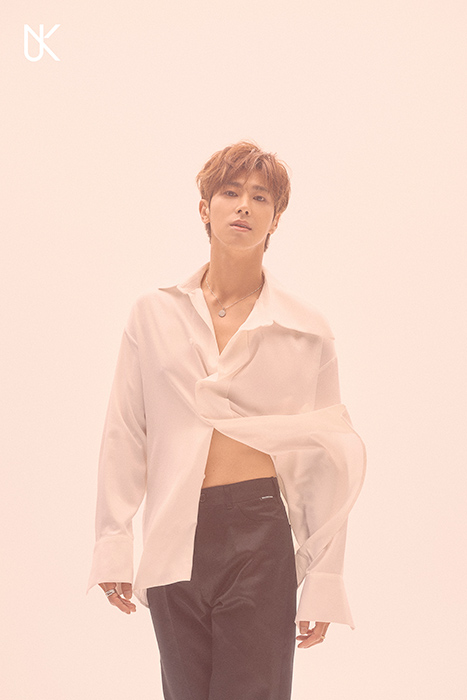
“Why” also stands out in terms of its heavy focus on softer instrumentals, being one of the only two songs to do so. It is introduced with soft snares, before some quiet, muted strings are brought in. The song is mainly built up on Yunho’s singing, and it highlights his abilities in a constructive, effective way. The touch of trumpet right at the end after a vocal-less instrumental conclusion also makes the track all the more memorable.
Unlike the rest of the songs, both “Why” and “Change the World” are not romantic love songs. Although somewhat vague, “Why” could be related to Yunho’s relationship with his work, or his life in general. Instead of focusing on a love interest, the message of this song focuses on being slightly drunk and confused, and the tiredness of life (work and love included) settling in.
I got this feeling that something’s wrong.
I have got the blue blues in the city.
All right baby, don’t drink.
Thought it was sweet, but I’m going to get burned.
Rescue my dream.
My stress is all over the place
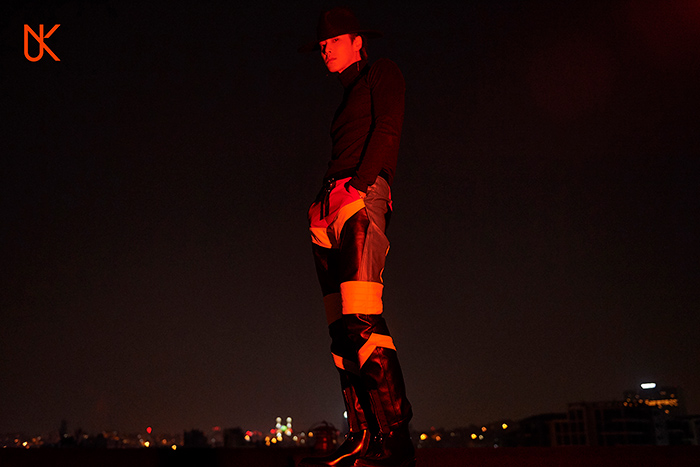
Just as “Why” sets itself apart from other songs but flows well in the album, “Change the World” does not. The sudden transition from five dance tracks to a ballad is simply jarring. While the lyrics are quintessentially words Yunho would preach, the inclusion of a ballad seems like an afterthought just to prove that the artist can sing, as if there weren’t five songs to do so beforehand.
Listen, children,
can you hear laughter?
What will you do when you have everything,
but there’s no future?
Keep what is precious,
Find the way.
[…]
Change the world
The message behind “Change the World” is sweet. An optimistic song about fighting for the future and protecting the things precious to us, the song feels like the soundtrack for a campaign. And while the hopeful message can be appreciated, it falls outside the sound of the album. I like to pretend the last track is “Why”, and skip the balladic outro of the album.
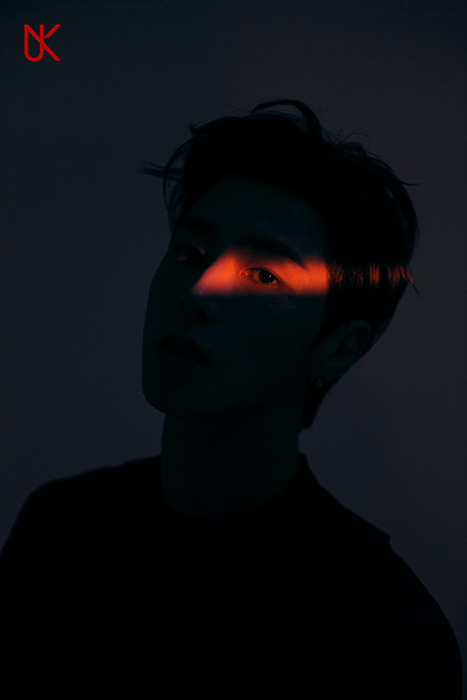
Yunho’s solo singles have always been exciting to me, some of the latest ones being “City Lights” and “Puzzle“. Due to these tracks, and a few others, the news of Yunho’s first solo albums came with a buzzing excitement. True Colours is a solid album (save for one song) and deserves a listen. The album portrays Yunho’s artistic personality well; it’s groovy, mature, and refined, and the tracks are bound to leave a skip in your steps.
(Youtube. Billboard. Images via: SM Entertainment. Lyrics via Color Coded Lyrics.)

